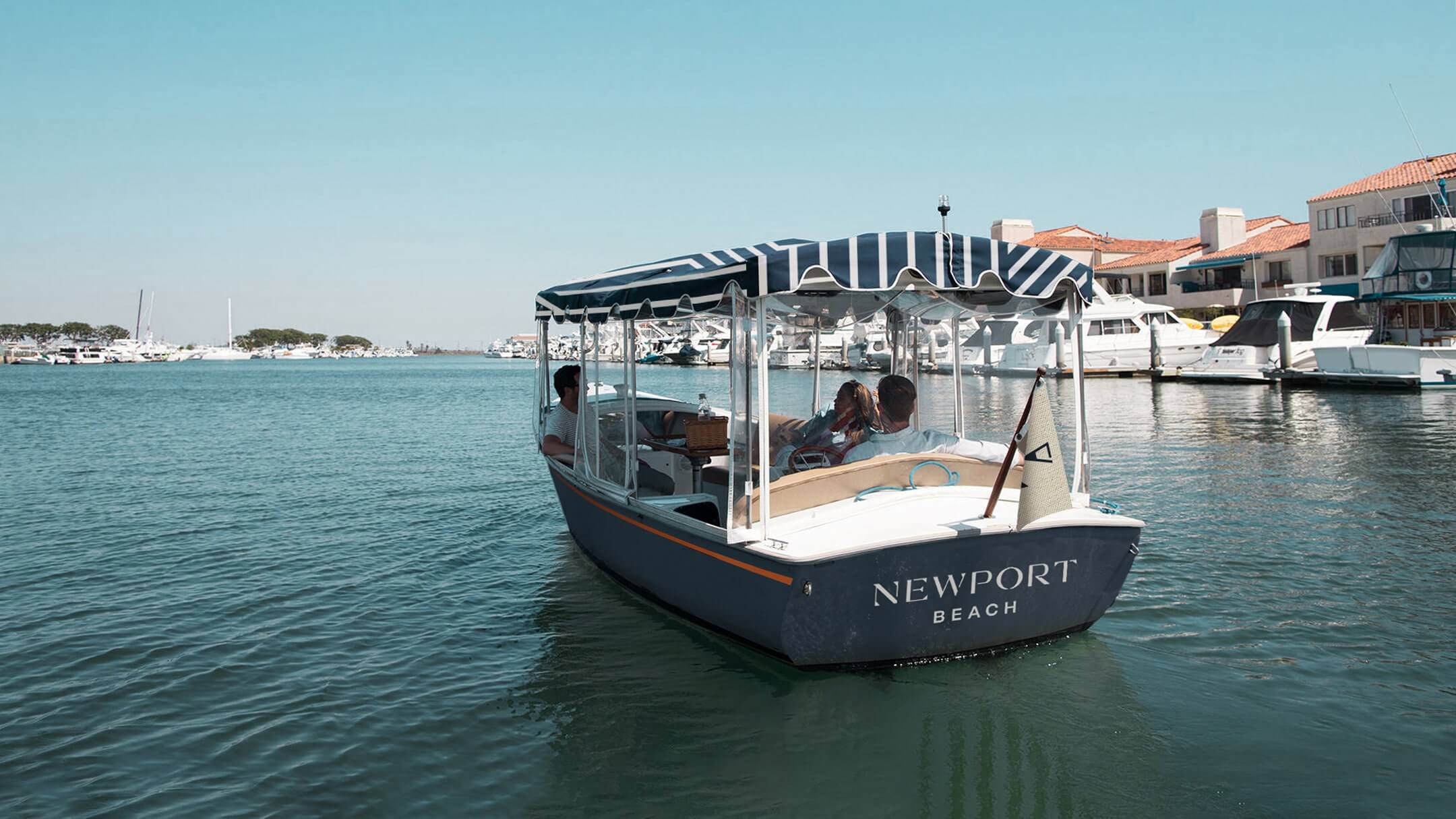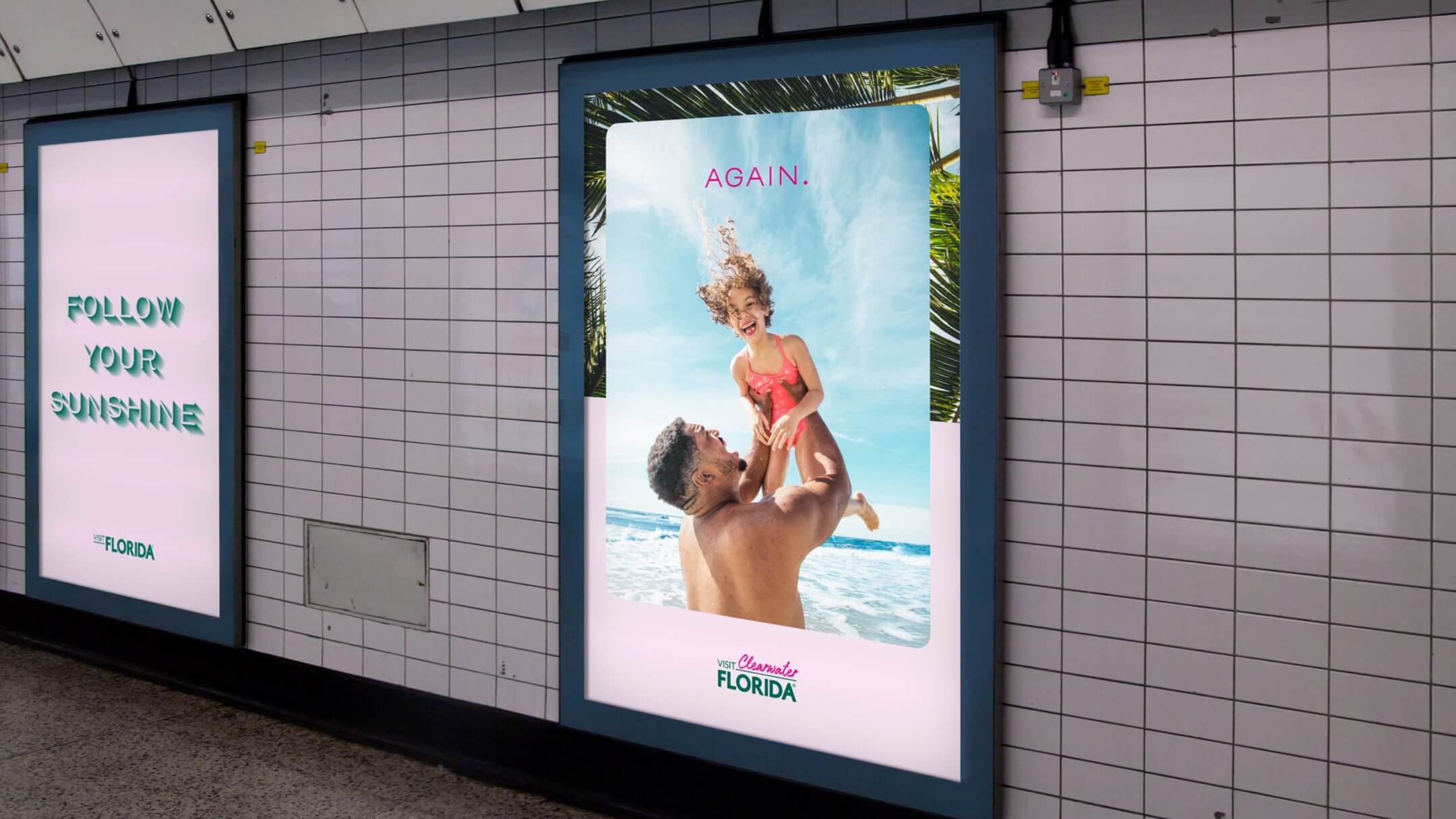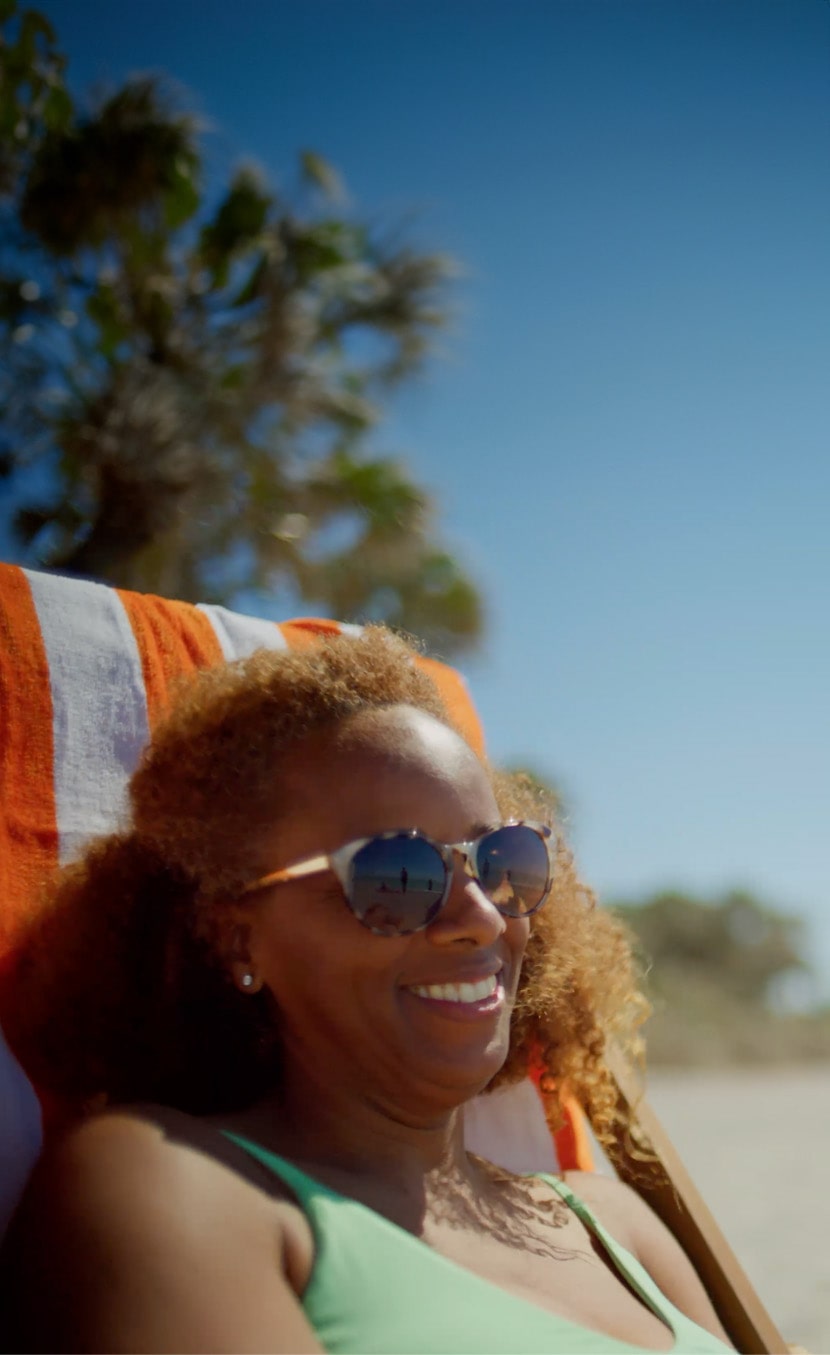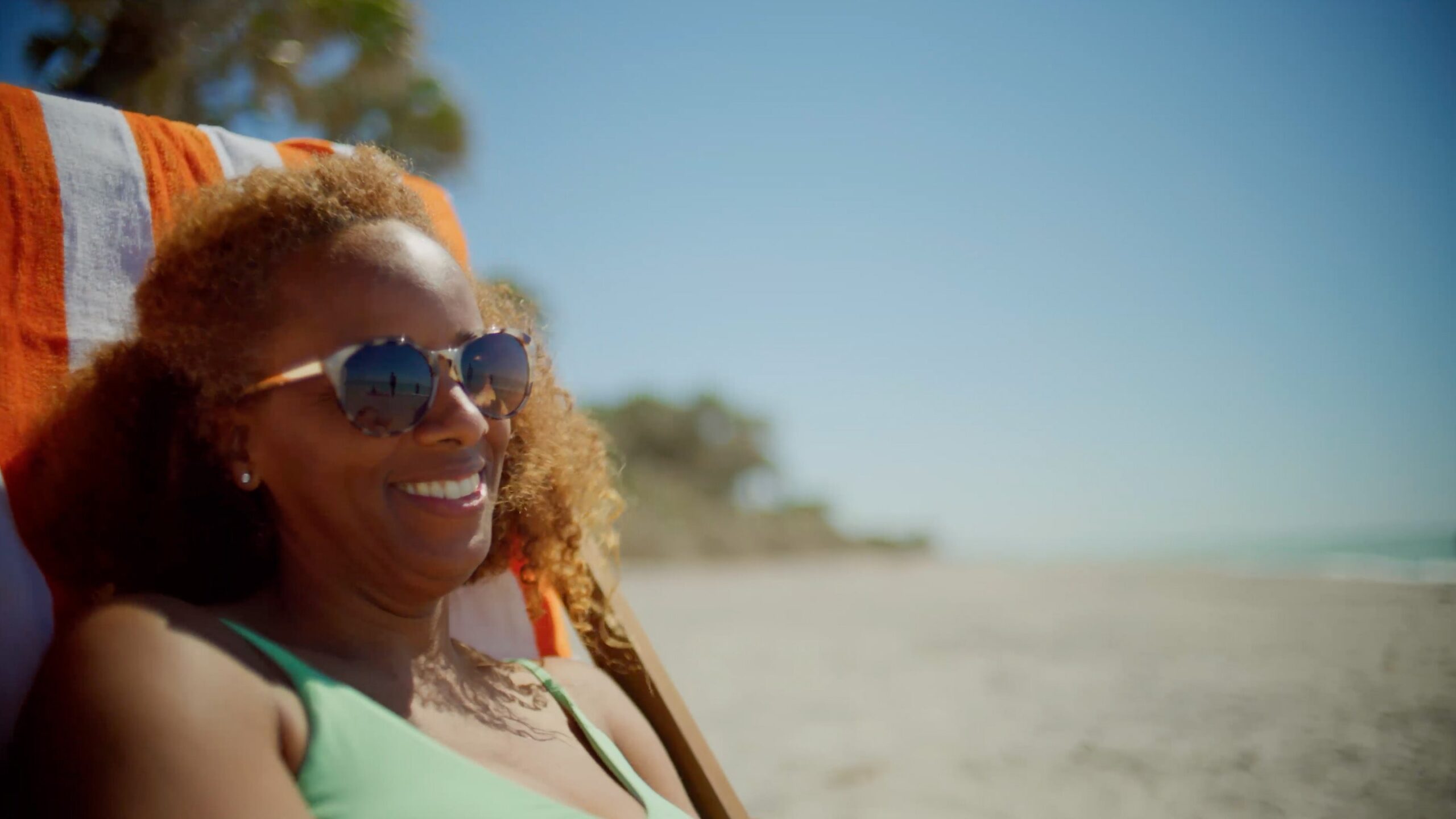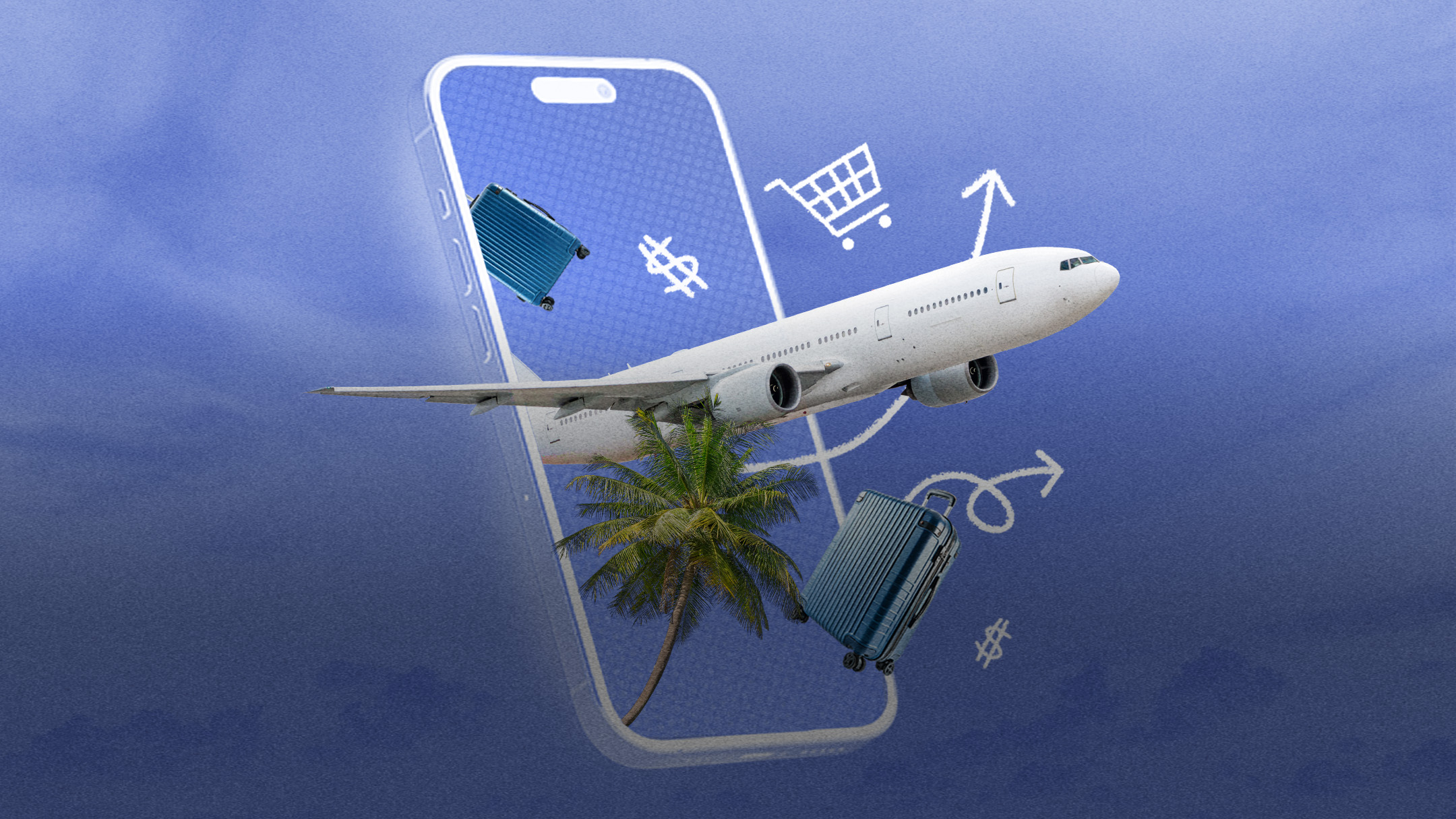Why marketers should prioritize a “travel for all” approach
Travel in 2024 is already surging. As we begin to hit the warmer months, peoples’ pent-up desire for exploration and vacationing has exploded and there are no signs of traveler demand slowing down. According to the March 2024 findings from the U.S. Travel Association, air passenger growth is up 6%, foreign visits to the U.S. have grown by 24%, and 93% of travelers have travel plans in the next six months.
This increased desire to get out and get away is great news for the travel and tourism industry. But, as both brands and agencies continue to look at the best ways to reach travelers in a post-COVID era, it brings into focus an often-overlooked group that deserves our long overdue time and attention: travelers with disabilities. This demographic makes up 16% of the global population with $8 trillion in spending power, according to the UNWTO, and presents a significant opportunity for the tourism industry. Yet, only 1% of current travel marketing efforts cater to their needs. This gap underscores a critical area for growth and inclusion. Creative and marketing agencies have a pivotal role in driving this change, leveraging industry insights and their advocacy efforts to guide clients toward more inclusive practices. By addressing the needs of travelers with disabilities, agencies can lead a transformation in travel marketing, tapping into a largely misaligned market and promoting accessibility and equity in travel experiences.

Reframing the Audience: Understanding the Communities with Disabilities
Agencies play a crucial role in transforming the travel and tourism industries’ approach to travelers with disabilities. Sage Inclusion reports that 96% of travelers with disabilities feel underserved. Agencies must use this insight to push for significant industry changes, advocating for a broader understanding of disabilities beyond mobility issues to include vision, hearing, speech, epilepsy, and autism.
According to IBCCES and Autism Travel, 87% of parents who have a child with autism avoid vacations because of the lack of suitable travel options, though 93% would be more likely to travel if these options existed. This underscores the need for agencies to champion inclusivity, urging clients to integrate the diverse needs of travelers with disabilities into their services and marketing. Agencies can drive change by advocating for inclusive practices, ensuring that clients understand and cater to this demographic.
Reframing how clients view and serve travelers with disabilities involves more than advocacy. It’s about guiding clients to bridge the gap between the current state of travel and a more inclusive future.
Elevating Marketing through Inclusive Representation
Reenvisioning marketing tactics with inclusive representation merges smart creative imperatives with strategic advantage. Agencies are recognizing the importance of integrating people with disabilities into their storytelling, not as a special interest group but as a core demographic. The compelling evidence provided by Morning Consult highlights why this shift is picking up steam, revealing that 84% of consumers prefer to support companies that showcase inclusivity towards people with disabilities in their advertising efforts; with 80% deeming these companies as more trustworthy. Inclusivity, it turns out, does not alienate standard travelers; rather, it increases the likelihood of their engagement with services and accommodations that demonstrate a commitment to serving everyone’s needs.
The shift towards genuine inclusivity in marketing requires more than the token presence of diversity. Agencies must push their clients to see true representation involves embedding the real and varied experiences of those with disabilities into the brand’s story, moving beyond superficial acknowledgments. This needed shift is supported by international data that reveals only 4% of TV ads in the UK feature people with disabilities, dropping to 1% of people with disabilities in lead roles; this is despite 22% of the UK population being disabled. By authentically integrating the presence of individuals with disabilities into marketing strategies, brands can enhance their appeal, showcasing a genuine dedication to diversity and inclusion that resonates across the consumer spectrum. This approach underscores that prioritizing inclusivity is not only ethically sound but also a savvy business strategy, reinforcing the brand’s commitment to a truly inclusive world that permeates from on-screen to the experiences, services, and offerings they provide travelers.
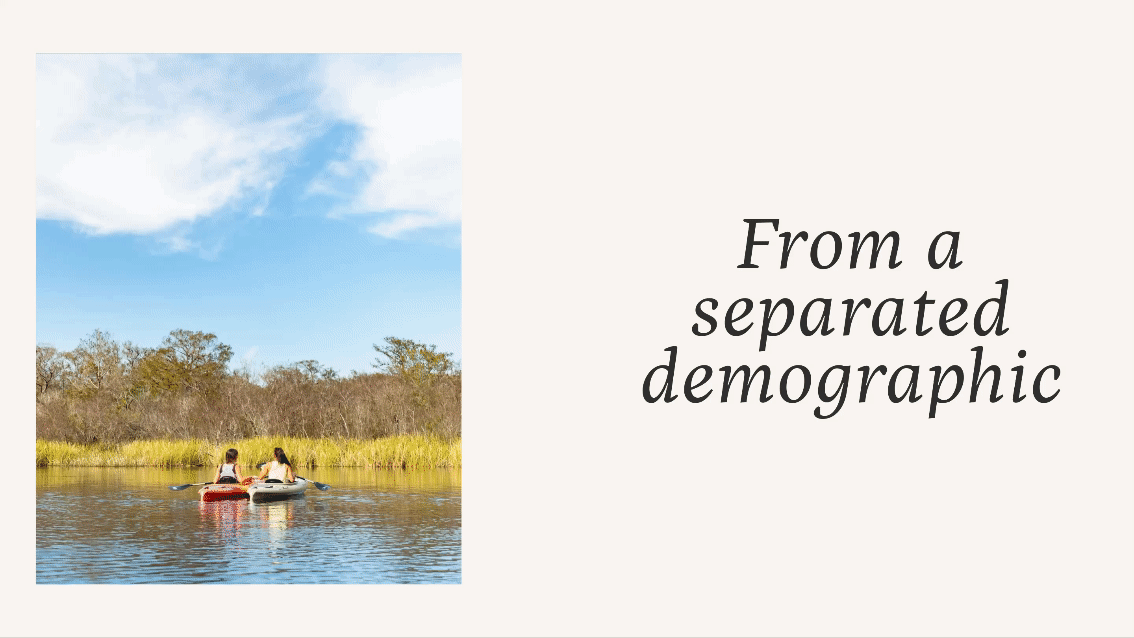
Embracing Technology for Greater Accessibility & Market Appeal
Travel and tourism brands integrating accessibility technology gain a strategic advantage. Travelers with mobility disabilities spend $58.2 billion annually, highlighting a significant untapped market. The slow adoption of accessible technology has limited industry growth. Agencies must advocate for this transformation, urging clients to embrace accessible services through technology to expand market reach and enhance brand loyalty.
Offering accessibility services meets demand and opens new market avenues, enhancing brand loyalty and positioning brands as leaders in inclusive travel. Success stories like AccessibleGO, with a 30% repeat booking rate, illustrate the dual benefits of increased revenue and customer loyalty. Inclusive offerings elevate brand value and interest, proving that inclusivity benefits everyone.
Collaboration between agencies, technology innovators, and the hospitality sector can create a more inclusive tourism industry. Agencies should emphasize that embracing accessibility is not just about compliance but a strategic move toward a welcoming environment for all travelers, aligning with a broader commitment to inclusivity.
The tourism industry has a critical opportunity to enhance inclusivity for travelers with disabilities, with marketing and creative agencies playing a key role. These agencies guide brands to integrate inclusivity into their strategies, craft authentic campaigns, leverage technology for accessibility, and understand their diverse audience.
As we navigate the best ways to enhance travel and tourism, the commitment of agencies to embed inclusivity efforts as a foundational principle is paramount, marking a strategic and ethical pathway forward. It’s a win-win scenario: good for agencies, good for businesses, and great for the wide spectrum of global travelers they serve.

